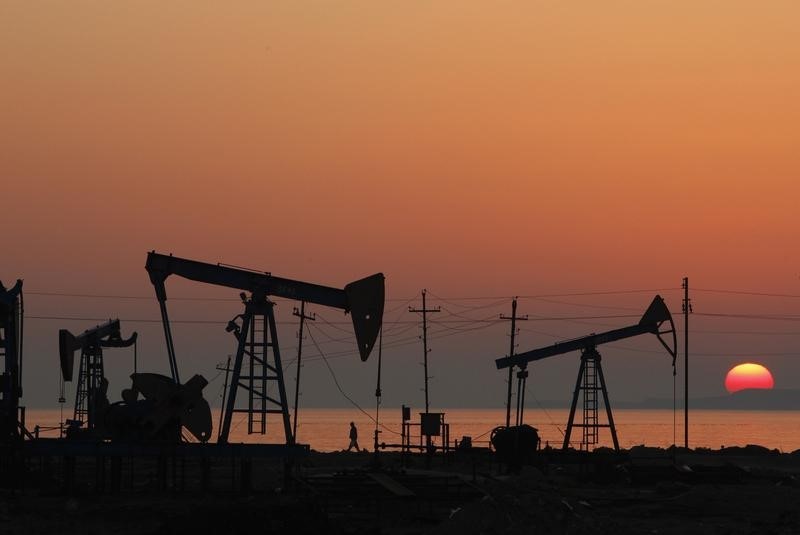Investing.com -- The global oil market is currently facing several headwinds that could lead to lower oil prices. Despite brief rallies, the market has struggled to sustain upward momentum. Analysts at Piper Sandler anticipate further downside.
The analysts examine the key factors contributing to this bearish outlook, including weak demand, oversupply concerns, and the broader macroeconomic environment.
One of the primary drivers of the anticipated downturn in oil prices is the persistent weakness in global demand.
Piper Sandler flags several troubling indicators, particularly from China, the world's largest oil importer. Revised data on China's oil product inventories and demand reveal a significant contraction in consumption.
From March to July 2024, China's final product demand declined by 500,000 barrels per day (kb/d) year-over-year, with no signs of immediate recovery. This decline in demand is mirrored across other major economies, where industrial activity and transportation demand remain subdued.
In addition to the weak demand from China, global diesel demand has also been underperforming.
“Fact is that middle distillate demand is not strong anywhere. Global growth for diesel demand is –ve in the latest 3mma ending June and looks unlikely to improve in July/Aug,” the analysts said.
On the supply side, the situation is equally concerning. The futures market has shown a consistent contango structure, where the future prices of oil are higher than the current prices, indicating expectations of an oversupply.
Analysts at Piper Sandler point out that despite recent attempts to manage supply, OPEC and its allies are struggling to stabilize the market. The note stresses that OPEC will need to implement further production cuts as the market enters Q4 2024 to prevent a significant price decline.
Moreover, inventory levels, particularly in the United States, have remained elevated. This surplus is exacerbated by weak global demand and robust production levels from key producers such as the U.S., Saudi Arabia, and Russia.
The high inventory levels create additional downward pressure on prices as the market struggles to absorb the excess supply.
The broader macroeconomic environment is also contributing to the bearish outlook for oil. Global economic growth is slowing, with key indicators such as manufacturing output and trade volumes pointing towards a deceleration.
The note flags that rising interest rates in developed economies, particularly in the U.S., are likely to curb consumer spending and industrial output, further reducing oil demand.
Additionally, China's economic policies have failed to stimulate the kind of growth needed to support higher oil prices. Analysts mention that despite some policy adjustments, Beijing's measures have not been sufficient to boost economic activity to levels that would significantly impact global oil demand.
Technical analysis of the oil market also supports the bearish case. Piper Sandler notes that critical support levels have been breached in recent trading sessions, with no clear indicators of an imminent reversal. The note mentions that the sentiment in the market remains near “rock bottom”, with speculative positions in Brent futures showing a steep decline.
